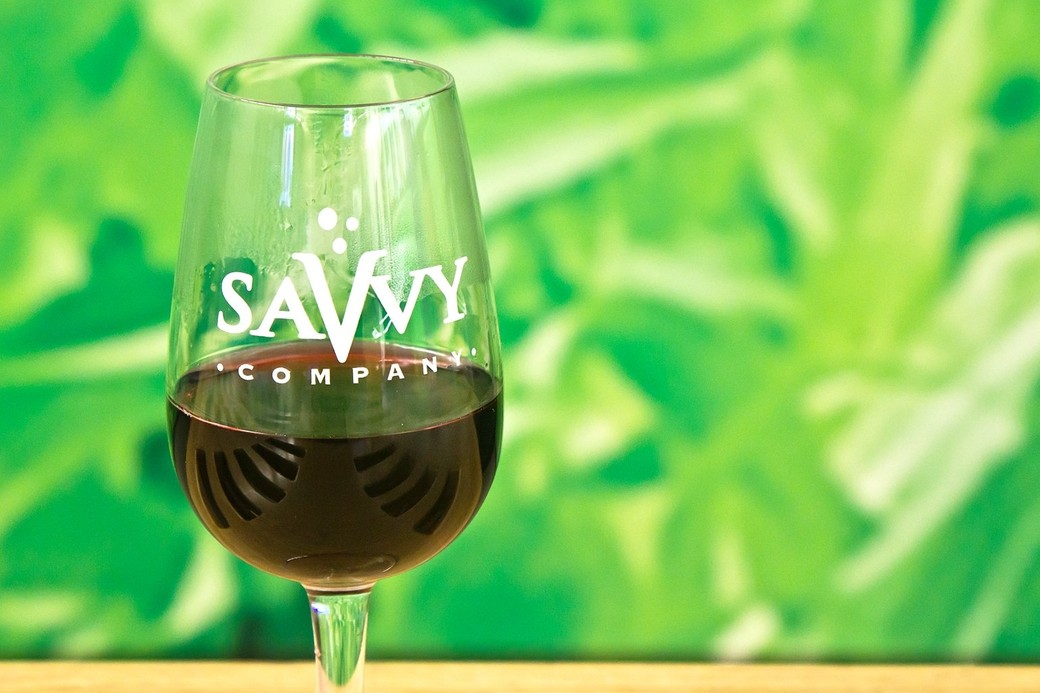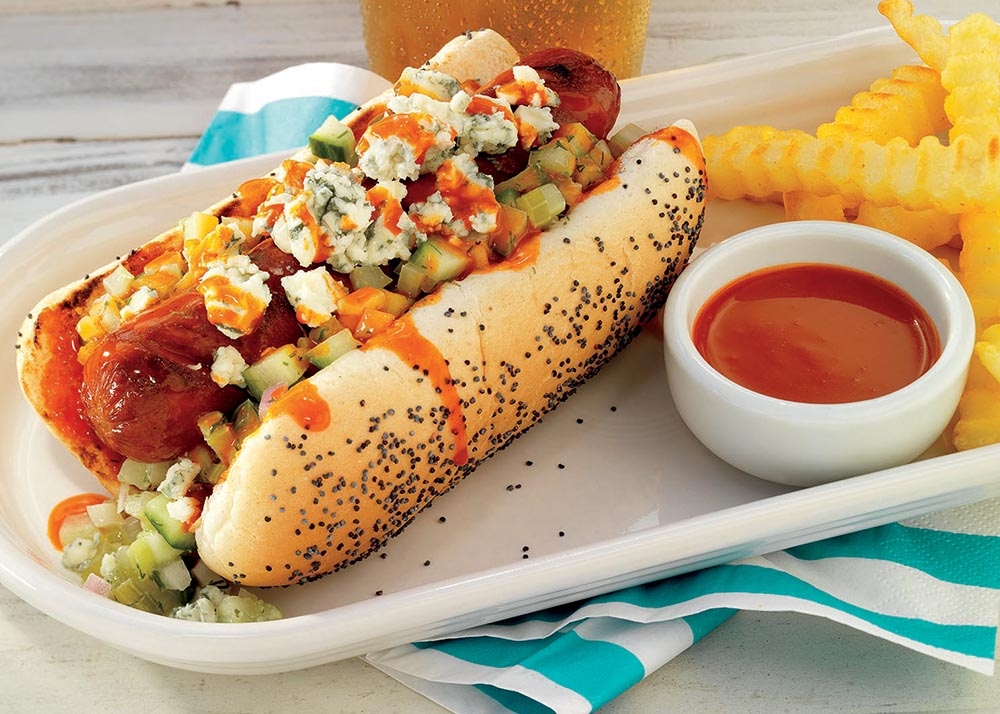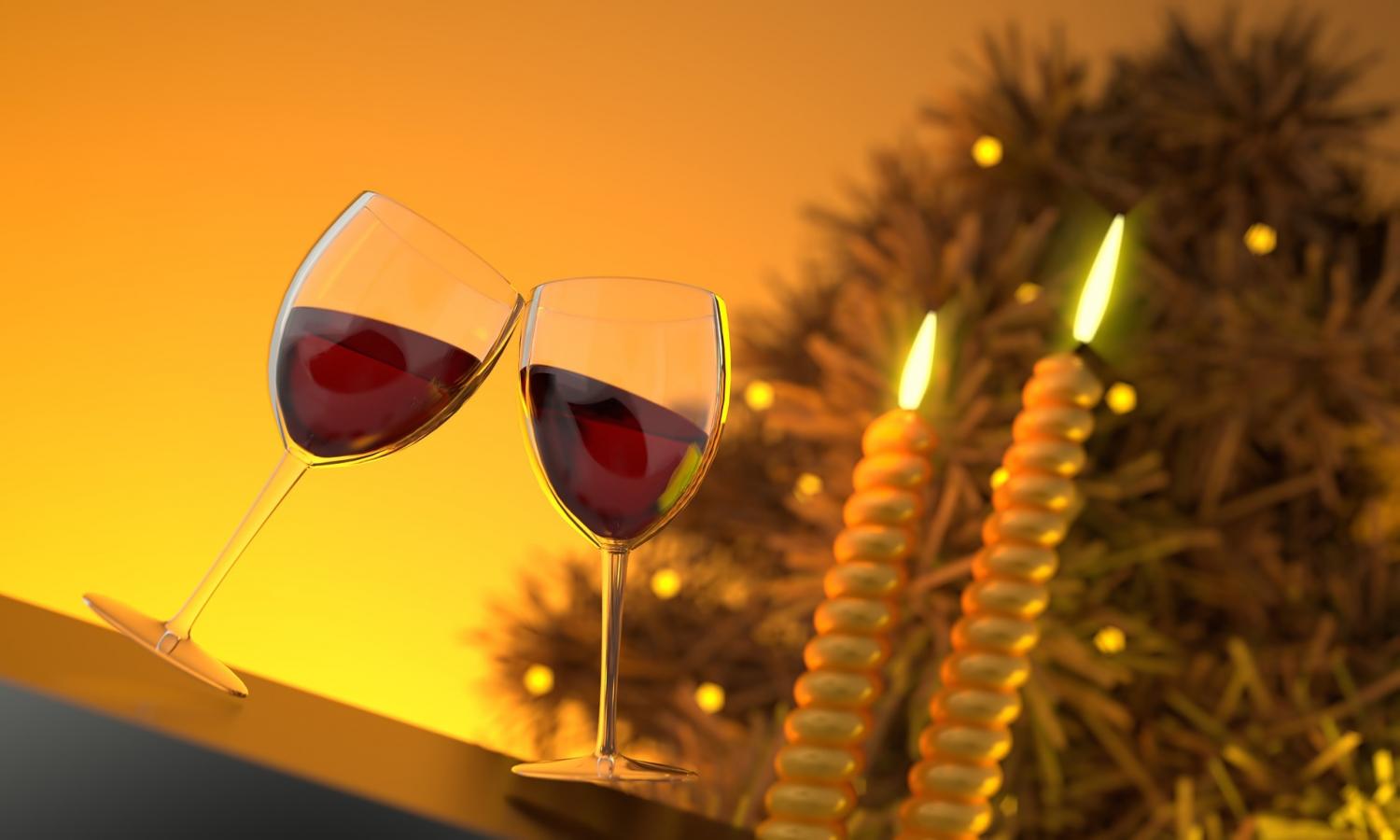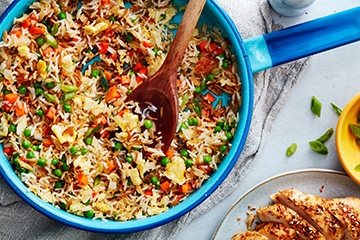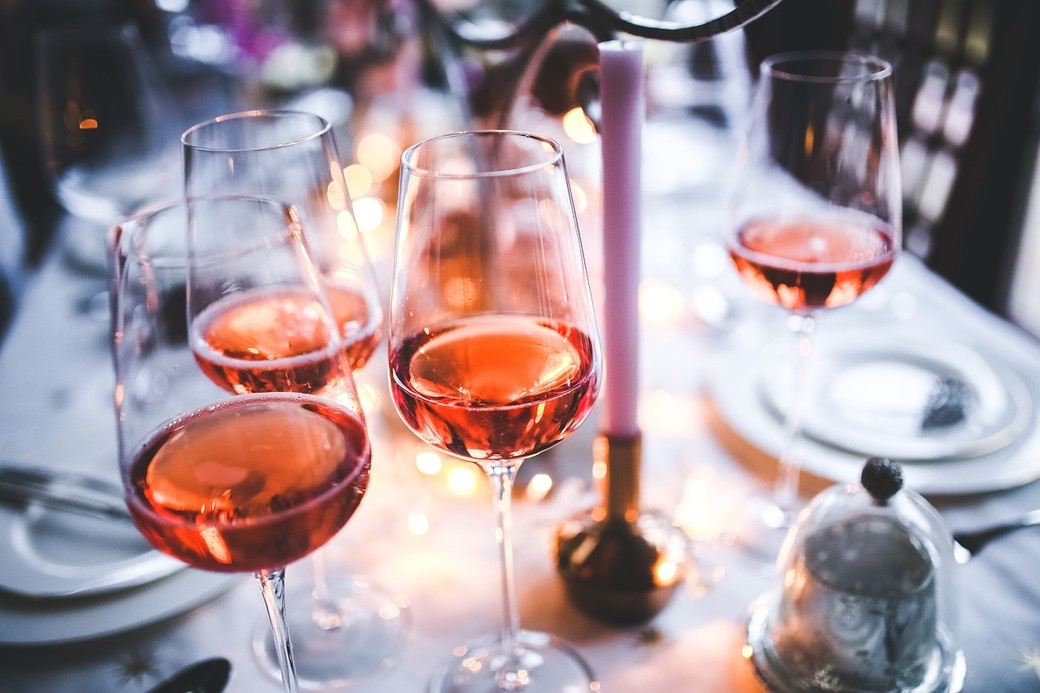
Clink & Drink Pink
When the temperatures are rising, I think the best way to cool down is with a glass of Rosé wine. Crisp, dry & refreshing, with loads of floral aromatics & ripe juicy tastes that makes one glass turn into two…then a few more!
Rosé wines are perfect for this time of the year for many reasons – quenches your thirst, easy to drink, low-ish in alcohol (usually 11-12 per cent) and pairs with many summertime foods – especially picnic fare. Unlike other styles of wine, Rosés can be made with any grapes – a single variety or a blend of many. Winemakers have the liberty to use anything from the vineyard to craft a Rosé wine like an artist creating a masterpiece.
Every spring, I round up our team of Sommeliers to sample just-released Rosé wines made throughout Ontario. Usually there are 50 bottles on the table of varying hues of pink made from Shiraz, Gamay, Pinot Noir and Merlot grapes. There are blends with a splash of Riesling, Sauvignon Blanc and Pinot Grigio too. It is really safe to say that every Rosé is an expression of the winemaker’s talent.
How is Rosé wine made?
It’s all in the skins. The majority of grapes used in winemaking have a white flesh, so when crushed, the grape juice is white. The grape skins of red grape varieties – Merlot, Pinot Noir, Gamay, Shiraz, Cabernet Franc etc – contain a red pigment. After the grapes have been crushed and the juice is collected, the winemaker keeps the skins in with the juice for a few hours or couple of days in order to achieve the colour that they want for the wine.
The next step is to separate the skins from the juice and allow it to ferment into alcohol in a stainless steel tank. I have yet to come across a Rosé wine that has been barrel aged.
All total, Rosé wine takes a few months to make from harvest to bottling. Whereas red wine takes a few years. Aside: red wine goes through the exactly same winemaking process, yet, the skins are left in the juice for several weeks to extract the full amount of red pigment into the wine.
According to Bloomberg News, Rosé has surpassed red wine in popularity in France (it’s been outselling white wine since 2008). In the US, sales soared 41 per centin 2015, meanwhile, Rosé is the fastest growing wine style in Australia . . . and at our Savvy Taste & Buy event this past April, of the top five wines ordered, three were Rosé.
Go into the LCBO and the shelves will be stocked high of Rose wines from all over the world. If you are wondering where to start — try one from Tavel region in France. The wineries in this small wine region near Provence exclusively make Rosé wines.
Considered the benchmark for many winemakers, a Tavel Rosé is bone dry, crisp with zippy acidity. From there, explore Rosé from every corner of the wine world. Be sure to sample some from our own backyard too.
At Savvy Company, we showcase Canadian wines. Here are some that you should be on the lookout for this summer:
13th Street Winery Burger Blend Rosé VQA 2017
$14.95, Twenty Valley (Niagara Escarpment)
This off-dry Rosé combines 4 red grape varieties: Cabernet Sauvignon, Cabernet Franc, Merlot, and Pinot Noir. Beautiful, summery notes of strawberries and orange with a hint of red cherry with bracing acidity and it’s that sweet and sour affect that real makes this wine a pleaser. Try this with a chilled cucumber soup, or as the name suggests…anything from the BBQ.
Colchester Ridge Estate Winery ‘Red Sky at Night’ Rosé VQA 2017
$16.95, Lake Erie North Shore
Made with 100% Merlot grapes grown in the southernmost wine region of Canada. Looks light red more than pink in your glass, there are loads of ripe wild strawberry and strawberry jam aromas and flavours. Stunning! BBQed chicken, rainbow trout or a feast of ribs!
Casa-Dea Estates Winery Dea Cuvée Sparkling VQA 2015
$21.95, Prince Edward County
Casa-Dea’s winemaker Paul Battilana was originally trained as a butcher, before he made the leap to winemaking after his curiosity transformed his career. And the wine industry is taking note as he was recently named by MacLean’s Magazine ‘one of the Canadian winemakers to watch’.
Pretty in the glass, this sparkling wine is refreshing, bright, and reminds us of summer…all throughout the year. Light aromas of strawberry and juicy peaches, the acidity of this wine makes is perfect to start any occasion.
Pondview Estate Winery Cabernet Franc Rosé VQA 2016
$16.95, Four Mile Creek (Niagara-on-the-Lake)
Old World-style in pale peach flecked with bright orange. A nostalgic bouquet brings midway cotton candy and candied apples to mind. The wine’s high acid produces a lively ‘spritz’ effect on the palate, with flavours of mango, passionfruit and white pepper, and lingering herbs on the finish. Uncork when you have grilled Italian sausages, a picnic or Fish Tacos.
Westcott Vineyards Delphine Rosé VQA 2017
$16.95, Twenty Valley (Niagara)
Last year, this Rosé it sold out in three weeks, so the Westcott family made sure that they made plenty more this year to last all summer. Crafted using a blend of Cabernet Franc and “just a little” Pinot Noir. Dry with notes of raspberry and strawberry with a zippy lemony acidity. Enjoy I the sunshine or bring on the artisan cheese board!
Here’s to summer full of the coolest drink in hand – Rosé!
 TIPS FROM THE PRO
TIPS FROM THE PRO
1 Rosé wines do not get better with age. Rule of thumb: drink before Christmas the year that you bought the wine.
2 Typically Rosé wines come in a clear bottle so you can enjoy the colour before opening the bottle. Don’t leave on the counter, rather in a cool dark place like in your fridge.
3 Chill in the fridge for 20-30 mins before serving….as the Rosé wine warms up, notice how the taste changes too.
4 Rosés are not all sweet wines – trust us. Pink Zinfandel from California or those called ‘blush’ are often sweeter.
5 Price points are usually $15 – 30

